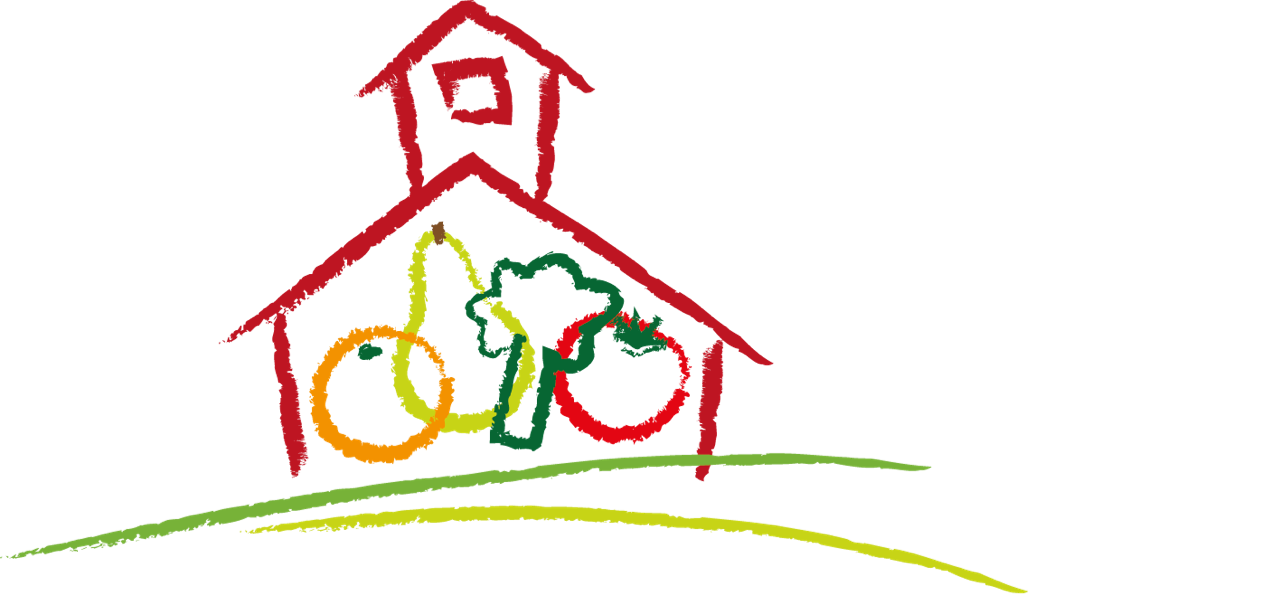A Salad Bar’s Larger Impact

How a Salad Bar Helped Save One School
By: Emily Gallivan
School salad bars may live in the cafeteria, but the impact they have on the school reaches well beyond the lunchroom doors. Food service professionals working within the cafeteria as well as staff, administrators, and teachers outside of it can all play an important role in encouraging students to eat more fruits and veggies. In the case of Daughter of Zion Junior Academy in Delray Beach, FL, a school that received a salad bar from Let’s Move Salad Bars to Schools in 2015, Principal, Lawanna McCoy was the leading force behind creating a salad bar program that engaged the entire school community.
- School Size – enrollment: 165
- F/R percentage (free and reduced): 100%
- District ADP (average daily participation): 96%
When McCoy first became the principal, Daughter of Zion Junior Academy was on the verge of closing due to decreased enrollment. McCoy spoke with parents and students to see what they liked and disliked about the school—the food was brought up again and again as an area that could use improvement.
Many of McCoy’s students come from low-income families, so Daughter of Zion Junior Academy offers free meals to all the children. Sadly, chronic, diet-related health conditions are a pervasive problem at the school, so McCoy has focused her efforts on improving student health and wellness by improving the food they serve. Daughter of Zion Junior Academy is a Seventh-day Adventists school, which means they do not offer meat in their cafeteria. The challenge was to develop a new menu filled with healthy and delicious plant-based options that the students would be excited about eating every day. McCoy decided a salad bar was the best way to do that, and applied for the Let’s Move Salad Bars to Schools grant program. Four months later, a brand new elementary height salad bar arrived at her door.
Bringing Together the School Community
McCoy made the salad bar program a school-wide effort, involving her whole staff in salad bar trainings and workshops. With her food service staff, she emphasized the importance of building relationships with the kids, making the lunchroom and the salad bar a warm and inviting experience. “I even spent time in the cafeteria myself,” she shared, “chatting with students as they went through the line,” encouraging them to ask us about the salad bar options. The food service staff used the salad bar recipe posted on The Lunch Box to create a USDA-compliant salad bar, and used student feedback to tweak the menu until the students had a salad bar they loved.
McCoy also worked with the teachers to encourage students to eat healthier foods and use the salad bar. For example, the school’s science teacher started using class time to introduce one new salad bar fruit or vegetable at a time, helping students understand the value of each item. The kindergarten teacher worked towards changing the kids’ perception of sunflower seeds—an unpopular food in her class. She did this by showing her kids how to incorporate them into different recipes that they enjoyed.
The Effect of Just One Salad Bar
Soon, they started seeing results. Students were observed “running to lunch,” always excited about the choice and variety the salad bar gave them. They didn’t want to go a day without it and were not shy about voicing their disappointment when it was not available (on just one day!). It was a school field trip day, so staff had decided to serve prepared salad instead of the salad bar option to save on time. “Why is the salad bar not up today??” the kids wanted to know. “When would it be back?” After reassuring them that it wouldn’t happen again, McCoy made sure to let her staff know about the strong appreciation the students have for the food they work hard to prepare each day.
The salad bar also paved the way for strong teacher-student relationships. Watching their students attack the salad bar each day, shoveling food down as quickly as possible, the teachers started “encouraging students to trust them and talk to them about why,” McCoy reflects. Many students opened up, sharing that it was the only meal they would eat that day. They wanted to make sure they got as much food as possible. The salad bar, school staff realized, was a vital resource for these children, ensuring that they were well nourished and ready to learn.
Even the parents were amazed by what their children were eating at school, many observing in disbelief how their children’s health slowly started to improve alongside their diets.
It took time for McCoy to get everyone on board, but her hard work has paid off. Students at Daughter of Zion Junior Academy now have access to more nutritious foods and a healthier lifestyle, and that has had a huge impact on the school and community. “The salad bar has really helped the educational program at the school in more ways than people can believe. It has brought people together.”
